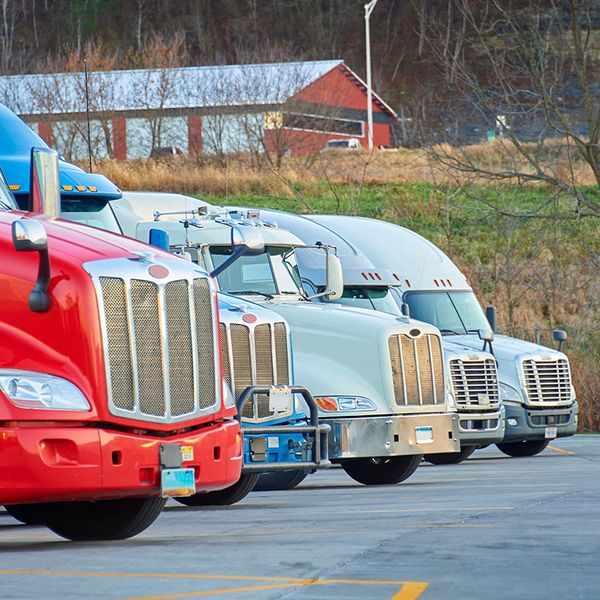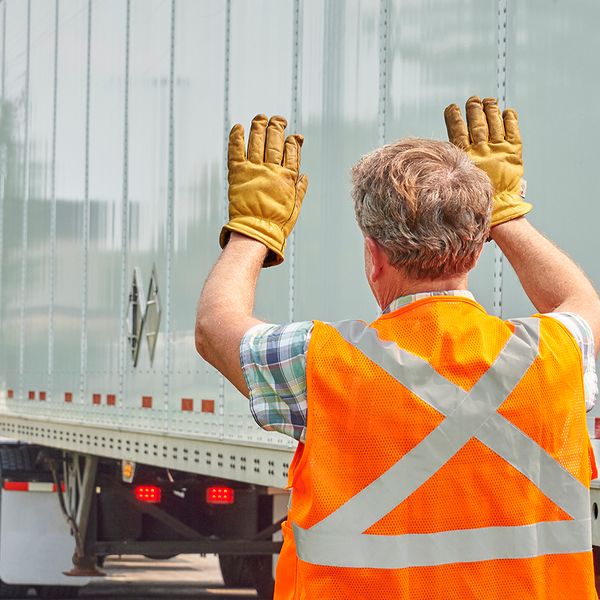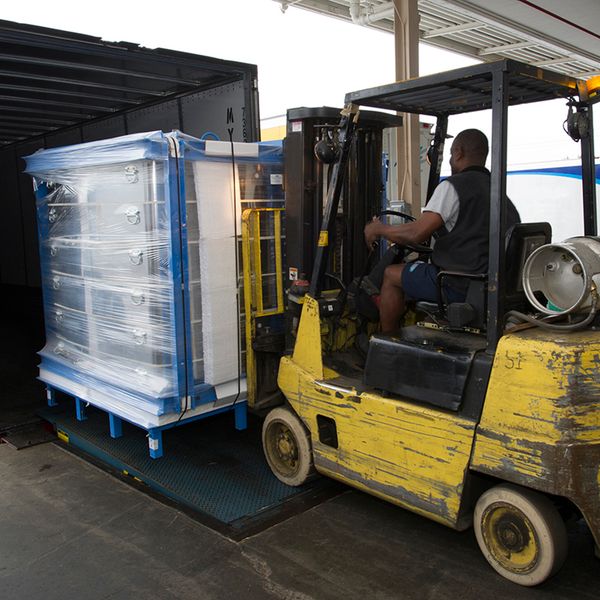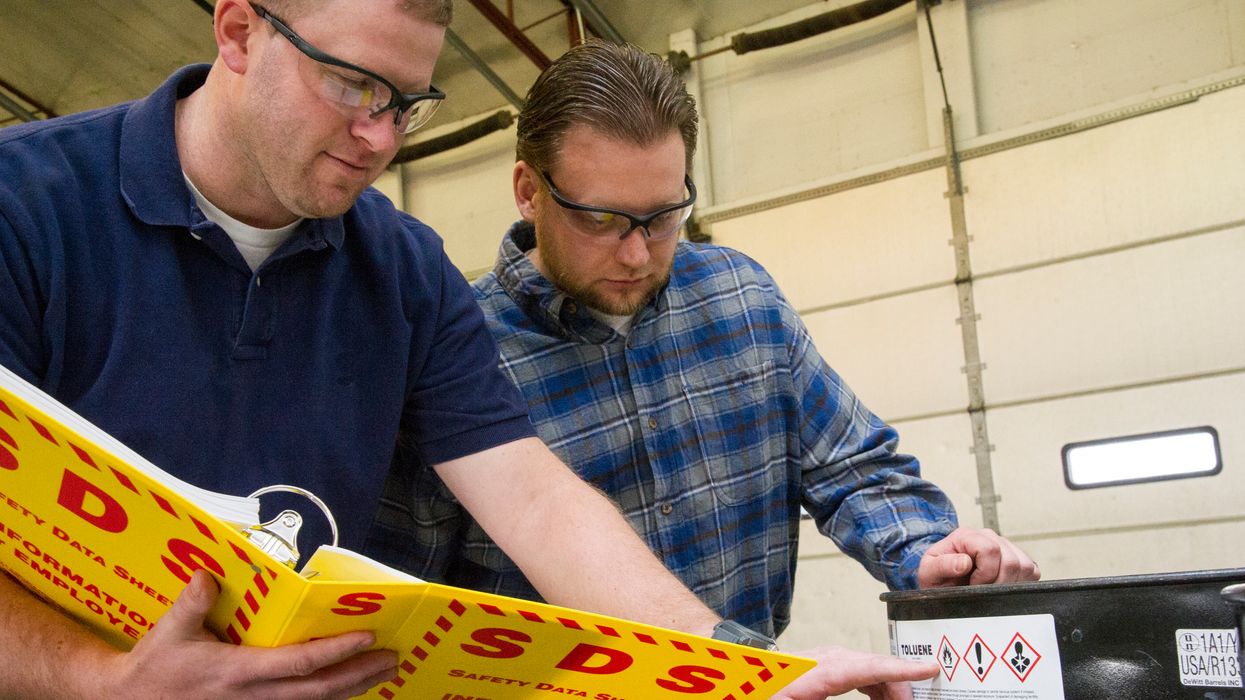Expert Insights: Safety signals save lives
As an avid bicyclist, I’m frequently out riding with groups of other cyclists on warm summer evenings. When you’re riding in a tight pack at over 20 miles per hour, just inches from other riders, both verbal and non-verbal communication are key to keeping everyone safe. We use a variety of hand signals to point out upcoming hazards, from “I’m slowing down!” to “Watch out for the pothole!” to “Railroad tracks ahead.” When someone new joins the group, they have to learn our signals, which may differ from what they used with another group.
Not knowing and using the right signals could lead to serious injuries, and the same holds true in trucking. I’m not talking about hand signals between drivers out on the road (which may not always be given with good intentions), but those used when maneuvering a truck and trailer in tight quarters.
Spotting the hazards
Drivers often use spotters to help them maneuver in and out of tight spots, such as loading docks. However, when using a spotter, drivers need to understand specific cues and hand signals to avoid miscommunication and a potential accident.
To be effective and safe, the spotter and driver must be speaking the same language. However, as with bicycling, the hand signals used in the trucking industry are not standardized. Therefore, it’s important to train your drivers and yard employees on common, basic hand signals for the safest result.
Clear signals
The more commonly used hand signals that you should consider standardizing in your organization include:
- Pull forward to the left and pull forward to the right
- Back up straight, toward the driver’s side, or toward the passenger’s side
- Distance to travel
- Slow down
- Stop and emergency stop (these are the most critical!)
Like a cyclist at the front of a pack, spotters must be aware of the truck’s position and approaching hazards. To protect themselves, spotters should wear high-visibility clothing, be visible in the driver’s passenger mirror, and stay a safe distance from the vehicle. In addition, they should maintain eye contact with the driver and avoid walking backward when spotting. As in bicycling, the use of hand signals in trucking can be vital to everyone’s safety. Make sure your drivers and spotters have — and use — an agreed-upon system that works for everyone.
Have a question for our Compliance Experts?
If you have safety or compliance questions, Daren Hansen and our team of Compliance Experts are accessible through Compliance Network’s Expert Help tool. We're always happy to assist.


















































